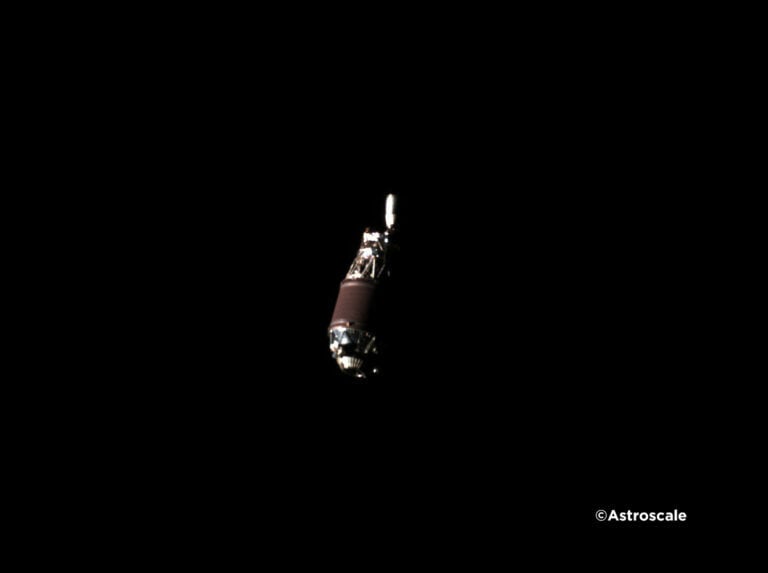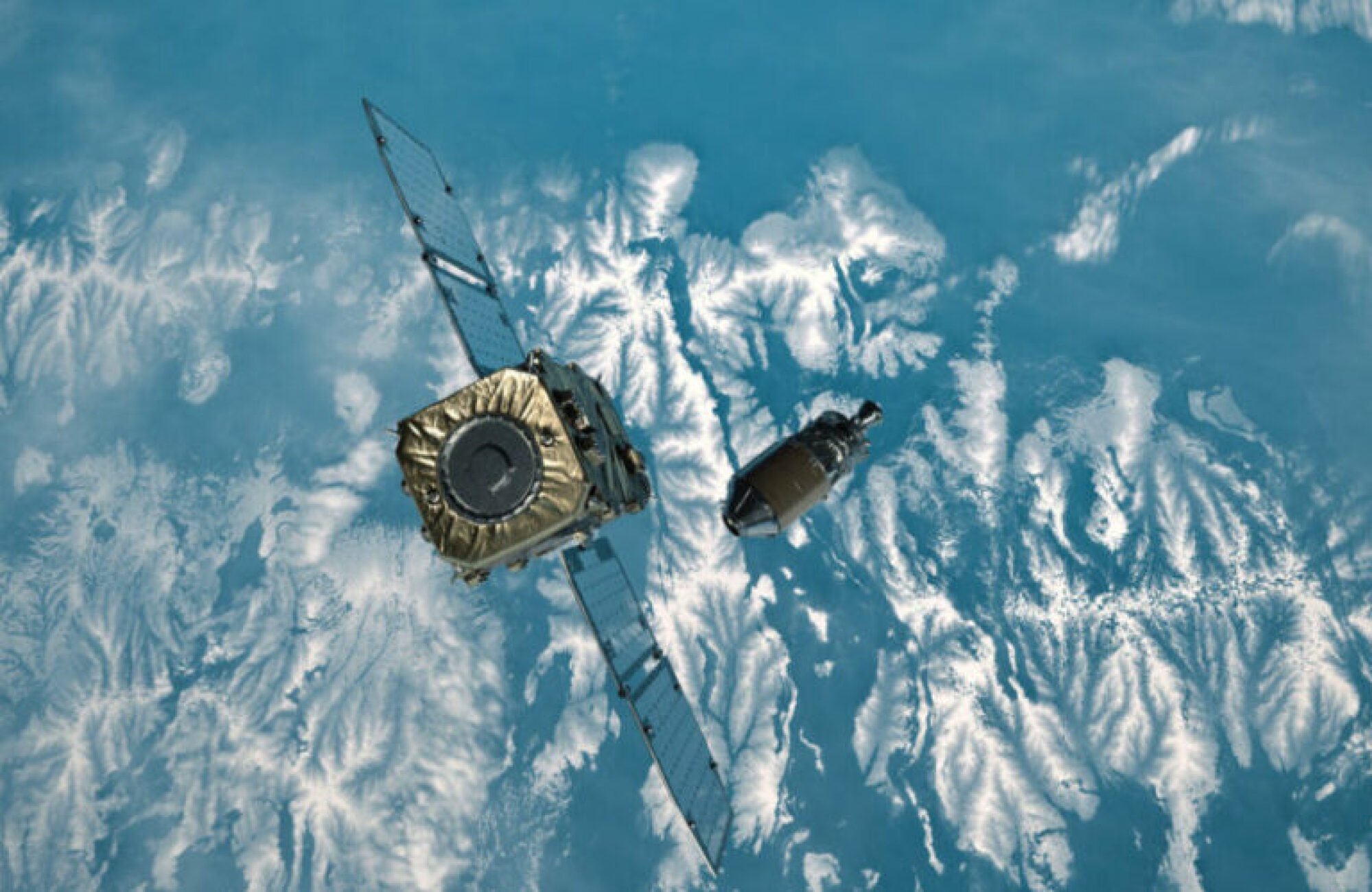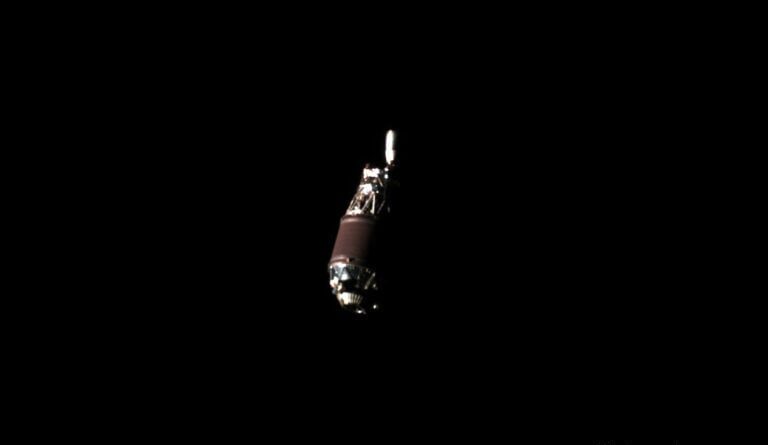Spacecraft approaches metal object zooming around Earth, snaps footage

A spacecraft has carefully approached and imaged a large hunk of metal orbiting Earth — a step in tackling humanity’s mounting space junk woes.
The delicate space mission, undertaken by the Japanese satellite technology company Astroscale, used its ADRAS-J satellite to travel within several hundred meters of an abandoned section of a noncommunicative, derelict rocket, proving it could safely observe in such close proximity.
“Pics or it didn’t happen,” the company posted on X (formerly Twitter). “Behold, the world’s first image of space debris captured through rendezvous and proximity operations during our ADRAS-J mission.”
The mission is part of the Japan Aerospace Exploration Agency’s (JAXA, which is Japan’s NASA counterpart) “Commercial Removal of Debris Demonstration” project, which seeks a proven way to remove problematic space junk from Earth’s orbit. A collision involving a large object can create thousands more pieces of debris, stoking a domino effect of future impacts.
The experimental spacecraft will now continue to closely approach the rocket, which Japan launched in 2009, gathering more data on the rocket’s condition and motion. The following mission, with this information in hand, will “then remove and deorbit the rocket body using in-house robotic arm technologies,” the company said in a statement.
“We selected this target because it is a large piece of space debris and there are many similarly shaped (cylindrical) pieces on the [space debris] list,” Yamamoto Toru, who leads Japan’s commercial removal mission, said in a statement. “If we are successful, we expect to be able to apply these techniques to the removal of similarly shaped space debris.”

Space junk is a serious problem. The unregulated orbital trash now permeates a region of space around Earth called low Earth orbit, or LEO.
“LEO is an orbital space junk yard,” NASA explained. “There are millions of pieces of space junk flying in LEO. Most orbital debris comprises human-generated objects, such as pieces of spacecraft, tiny flecks of paint from a spacecraft, parts of rockets, satellites that are no longer working, or explosions of objects in orbit flying around in space at high speeds.”
Unintentional collisions can happen. But intentional actions have dramatically degraded the LEO environment. “For instance, the deliberate destruction of the Chinese Fengyun-1C spacecraft in 2007 and the accidental collision of an American and a Russian spacecraft in 2009 alone have increased the large orbital debris population in LEO by approximately 70 percent, posing greater collision risks for spacecraft operating in low Earth orbit,” NASA noted.
The International Space Station has needed to maneuver multiple times to avoid close impacts from speeding debris.
Somewhat recently, during a problematic 2021 test, Russia fired a missile at its 4,850-pound satellite Cosmos 1408, creating a cloud of fragments that triggered an emergency response on the relatively nearby space station.
“We’re going to see consequences from this particular event for the next few decades,” Hugh Lewis, a professor of astronautics at the University of Southampton who researches space debris, told Mashable at the time. “It wasn’t a good outcome. It was never going to be a good outcome.”
“There wasn’t a worse target to aim for with respect for human spaceflight,” he added.

